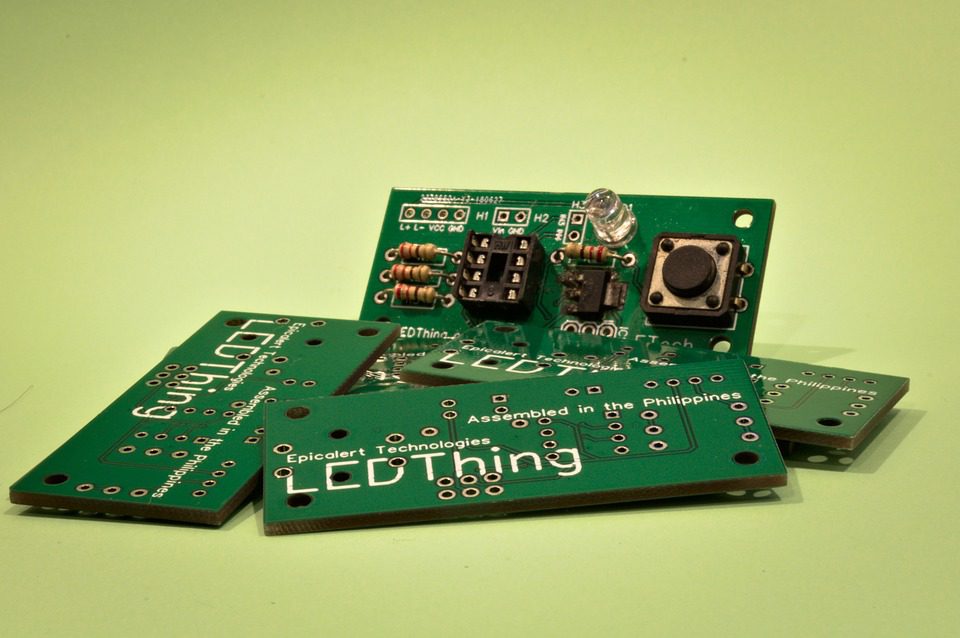When it comes to creating printed circuit boards, thicker is generally the safest bet. One of the main reasons for this is that thin boards tend to become brittle and break. A number of factors play into the density of the board, including the thickness of the prepreg (fiberglass layer fortified by adhesive) and of the solder mask. The type of connector you need on the board, as well as the different components, will also dictate thickness.

(Pixabay / Epic68)
The standard PCB thickness is .063 inches (which equals 1.57 mm). For standard copper PCBs, the thickness ranges from 1.4 to 2.8 mm for internal layers. You can use a trace width calculator to help you determine the thickness of your printed circuit board.
Even though thick PCBs are generally more durable, however, the reality is that devices are becoming smaller and smaller. People want sleek, thin phones, smaller computers, and wearable computing devices that can perform a raft of functions. Thus, PCB producers face a maddeningly tall order: Give us more computing capability than ever—in less space than ever. And, by the way, can you make the end-product more durable than ever?
When you make a PCB board thin, you face the aforementioned problem of breakage, but that’s not all. Other challenges include:
- Space—Because people want their devices to do more than ever, engineers must try to figure out how to fit more components on smaller boards.
- Temperature—With so many parts working in close proximity, overheating is a major concern.
- Battery life—While wanting everything smaller, people also demand big battery power. Engineers are ever in pursuit of ways to increase battery life without increasing device sizes.
And technology isn’t just pressing engineers in the realm of personal devices. Aerospace and defense technologies are pushing PCB designers and manufacturers to roll out products that keep up with the latest advances in such sophisticated industries as aerospace and defense.
In short, there’s never a dull moment in electronic manufacturing services. Fortunately, our team at EMS Solutions relishes a good challenge when it comes to creating smaller and better PCBs.
